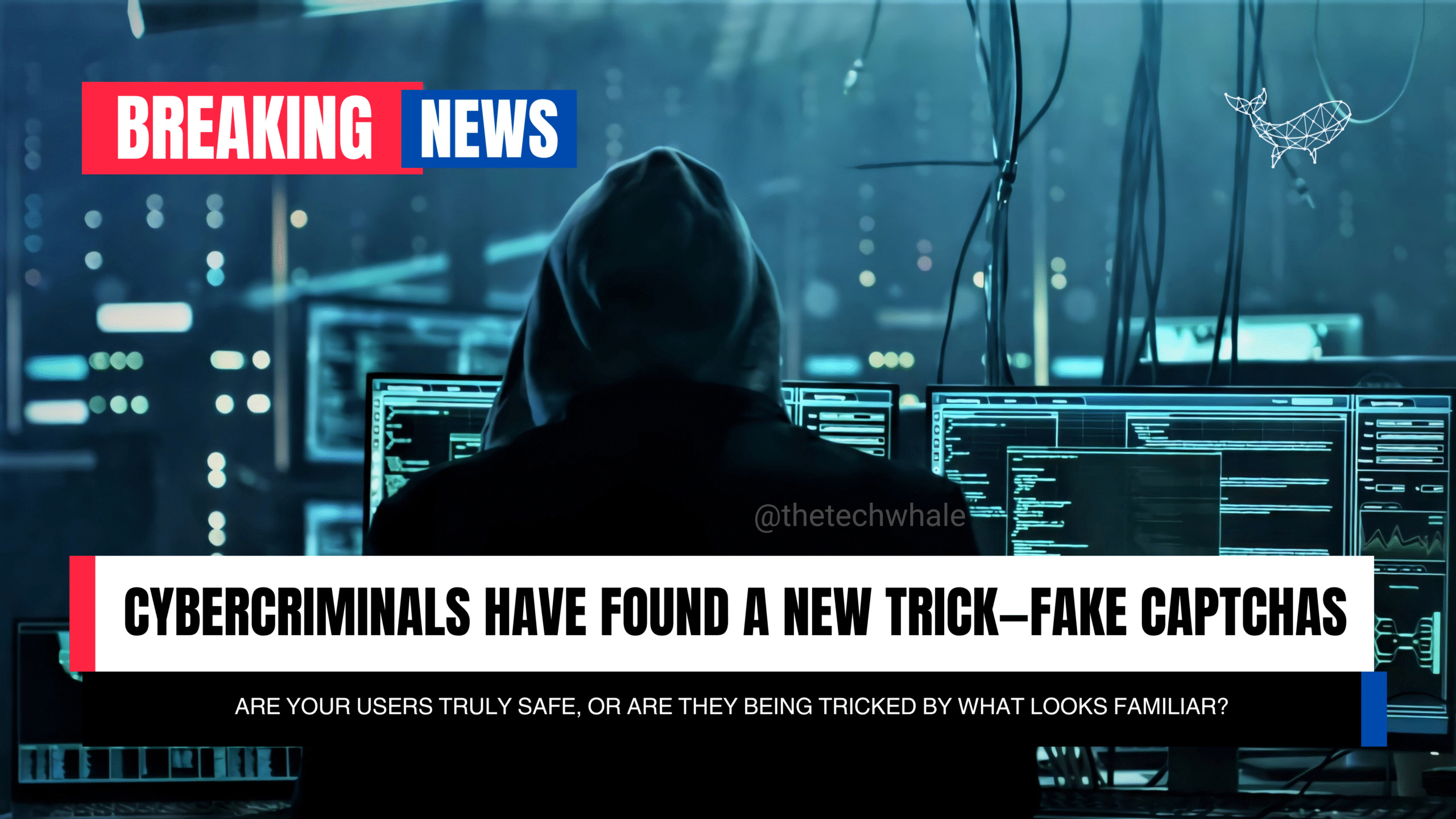In the digital world, CAPTCHAs were designed to protect us. They distinguish humans from bots, ensuring that malicious actors can’t easily abuse websites. But like many cybersecurity tools, CAPTCHAs are now being twisted into a new weapon—fake CAPTCHAs.
What Are Fake CAPTCHAs?
Fake CAPTCHAs are deceptive pop-ups or embedded screens that look like legitimate verification prompts. Instead of blocking cybercriminals, these traps are created by them. When users interact with these fraudulent CAPTCHAs, they may unknowingly:
- Download malware onto their devices
- Expose personal information
- Enable ad fraud or phishing attacks
In short, the very mechanism meant to keep users safe is now being weaponized.
Why Cybercriminals Are Using Them
Cybercriminals know that people are conditioned to trust CAPTCHAs. After all, we solve them daily when logging into sites, filling out forms, or accessing content. This familiarity lowers suspicion and makes fake CAPTCHAs highly effective for:
- Delivering malicious code under the guise of a “verification” step
- Redirecting users to phishing websites
- Harvesting sensitive login credentials
Real-World Impacts
Several organizations have already reported security incidents tied to fake CAPTCHAs. These attacks often target businesses with heavy web traffic, such as:
- E-commerce sites – Fake CAPTCHAs prompt users to download “security verification” software that’s actually malware.
- Media and content platforms – Pop-ups disguised as CAPTCHAs redirect users to fraudulent ad sites.
- Corporate portals – Employees tricked by fake CAPTCHAs hand over credentials, leading to larger breaches.
Protecting Against Fake CAPTCHAs
For businesses and users alike, awareness is the first line of defense. Here’s what you can do:
- Educate employees and customers about this new threat.
- Use advanced security tools that detect malicious scripts and pop-ups.
- Regularly audit your website to ensure third-party integrations aren’t compromised.
- Enable multi-factor authentication (MFA) to limit the damage of stolen credentials.
Final Thoughts
Fake CAPTCHAs are a reminder that cybercriminals will exploit trust in familiar systems. For businesses, protecting users means staying one step ahead—through education, smarter tools, and constant vigilance.
The question is no longer “Is your site secure?” but “Are your security measures being weaponized against you?”





